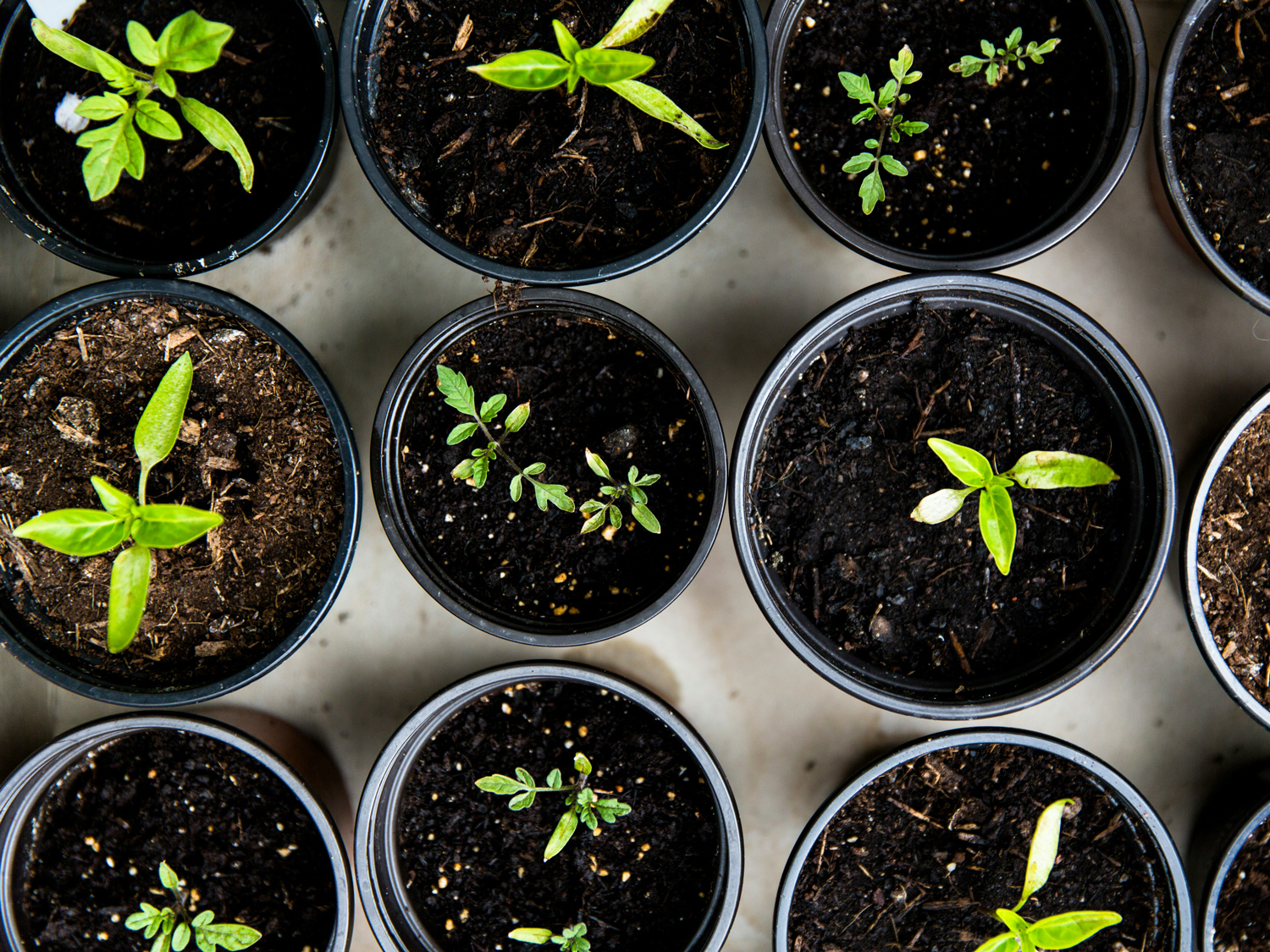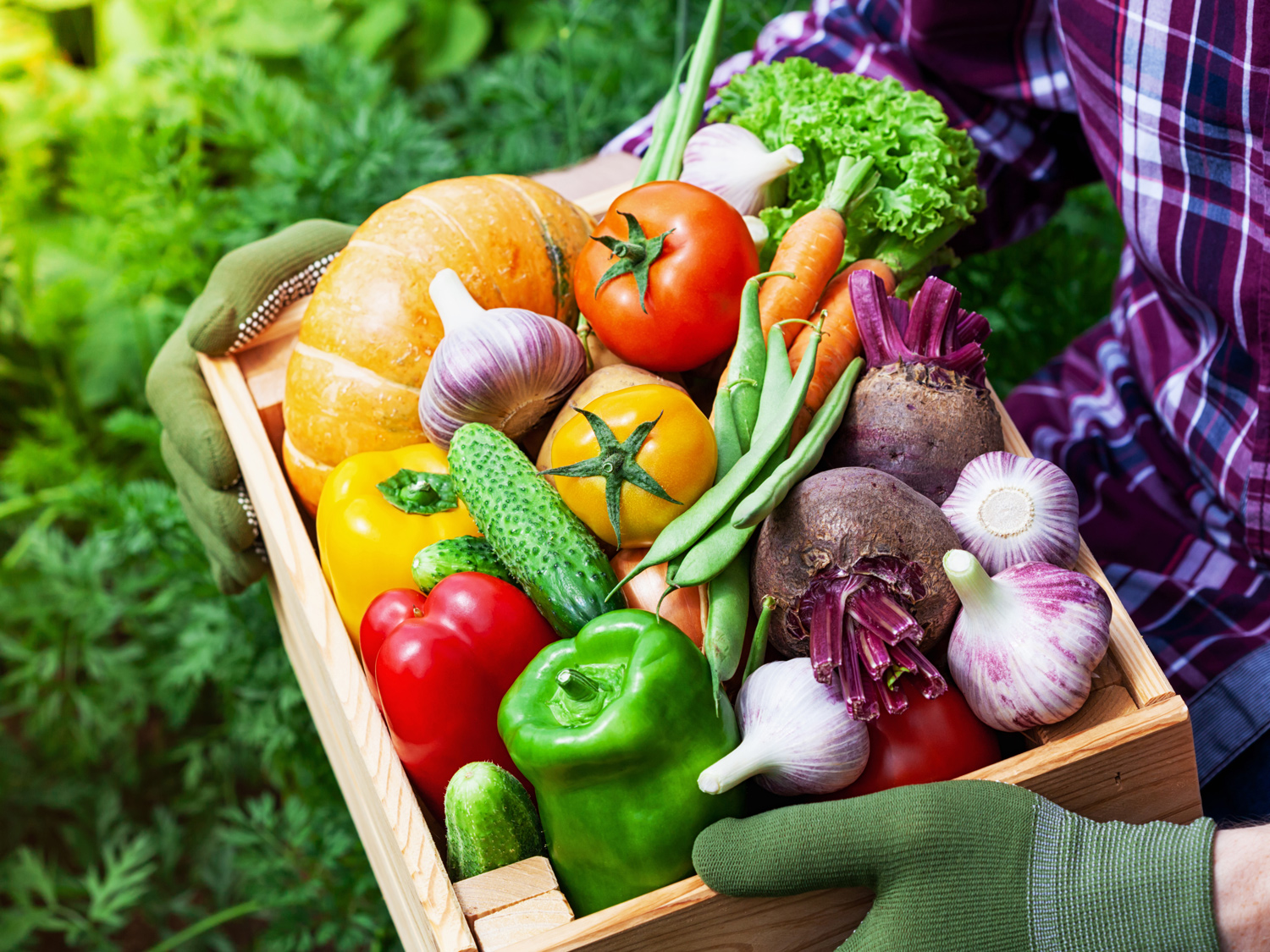Cucurbita, Gourd, Lunch Lady ~ 15 seeds

- Sun Preference
- Full-Sun
Description
A bee & pollinator favorite!
These are wild! Lunch Lady produces absolutely huge warted, oblong gourds that easily reach 18 to 22 inches tall and 10 to 12 inches in diameter at the base. The vigorous climbing vines bear multiple wonderful gourds that color up bright orange, red-gold and with an occasional stunning dark green or bicolor.
Amazingly, these strong vines support their heavy fruits happily, decorating any garden trellis or fence! Lunch Lady gourds are unique, fun and make truly awesome seasonal decorations.
Seed Starting Successfully
Start your garden from scratch with Gertens' wide variety of seed packets! Whether you're a seasoned gardener or just starting out, we have seeds for every skill level and garden size. From colorful flowers to delicious vegetables, our seeds are carefully selected for their quality and performance.
Details
Cold Winters: May – June
Mild Winters: April – May
Sun/Shade: Full sun
Sow Seeds: 8 inches apart, 1 inch deep
Days to Germinate: 8 – 10 days
Days to Harvest: 110 days
BEST TO START SEEDS INDOORS
Several weeks before last spring frost date, sow 2 seeds each, 1 in. deep, in individual pots of potting mix. Keep warm and moist and provide a strong light source. When nights stay above 50°F (10°C), thin to one seedling per pot and gradually acclimate to outdoors. Transplant at along a sturdy fence or trellis to climb effortlessly and form a lush canopy or allow vines to ramble at garden edges.
START DIRECTLY OUTDOORS
Sow seeds directly outdoors only if you have a long growing season. Sow only after night temperatures stay solidly above 50°F. (10°C). In full sun, sow seeds 1 inch deep and 4 inches apart along a garden fence or sturdy trellis or along garden edges. Thin seedlings to final spacing 8 inches apart.
GROWING NOTES
Unique Lunch Lady gourds need full sun, rich soil and warm temperatures. For earliest and best yields, hand-pollinate gourds: pick a blooming male flower and dust pollen onto fresh female flowers (the ones with small fruits at the base).
Repeat as new flowers appear. Pollinated fruits start growing larger within several days. Gourds are mature when rinds are tough and the tendril next to the stem turns brown. Harvest with several inches of stem. Dry in a well-ventilated place.
Note: the flesh of Lunch Lady ornamental gourds has a bitter gene and is not edible.
More Information
| Brand | Renee's Garden |
|---|---|
| Seed Packet Type | Vegetables |
| Common Family Name | Gourd |
| Sun Preference | Full-Sun |
| Deer Resistant | No |
| Harvest Time | Fall |
| Plant Life Cycle | Annual |
| Spacing in Row | 4", thin/transplant to 8" |
| Planting Depth | 1" |
| Days to Germination | 8-10 days |
| Days to Maturity | 110 days |


